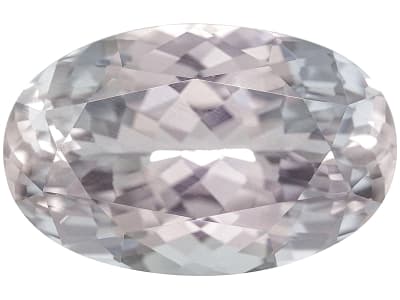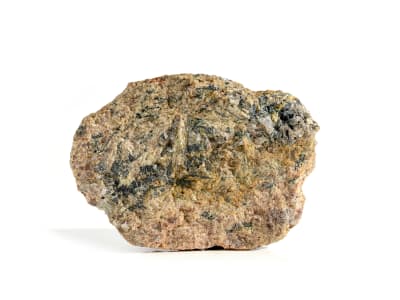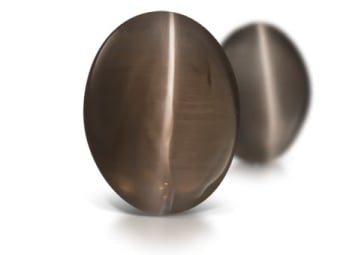Beautiful and rare, sillimanite is named for the famous American geologist Benjamin Silliman. It was relatively unknown until a substantial find was discovered in Orissa, India, in the 1990's. Sillimanite is not only scarce, but it also difficult for miners to identify and is problematic for cutters. These three attributes ensure that sillimanite remains a true exotic gemstone. Sillimanite ranges from colorless to white, brown, yellow, blue, and green in color and consists of compact fibrous material that have a silky luster. A polymorph of kyanite and andalusite, sillimanite makes an exciting addition to any gemstone collection.
General Information
LWUV: inert or weak red
Sillimanite Colors
-
 Black
Black -
 Blue
Blue -
 Brown
Brown -
 Colorless
Colorless -
 Gray
Gray -
 Green
Green -
 Purple
Purple -
 White
White -
 Yellow
Yellow
Alternate Names
Fibrolite
Countries of Origin
Myanmar; Sri Lanka; United States of America; Madagascar; India; Canada; Austria; Sweden; Unknown; Norway; Brazil; France; Germany
Care
Normal, gentle handling.
Optical Phenomena
Cat's Eye
The term cat's eye, or chatoyancy, is used to describe a phenomenal optical property in gemstones, in this case, sillimanite. The effect, when present, appears as a bright, narrow slit similar to the pupils in the eyes of your favorite feline. This phenomenon is caused by parallel fibrous or needle-like inclusions that interfere with the passage of light throughout the crystal, scattering and reflecting light back to the viewer as a thin line. Best observed when gems are cut en cabochon, cat's eye sillimanite makes a phenomenal addition to any gemstone collection.
LWUV: Blue:inert or weak red



